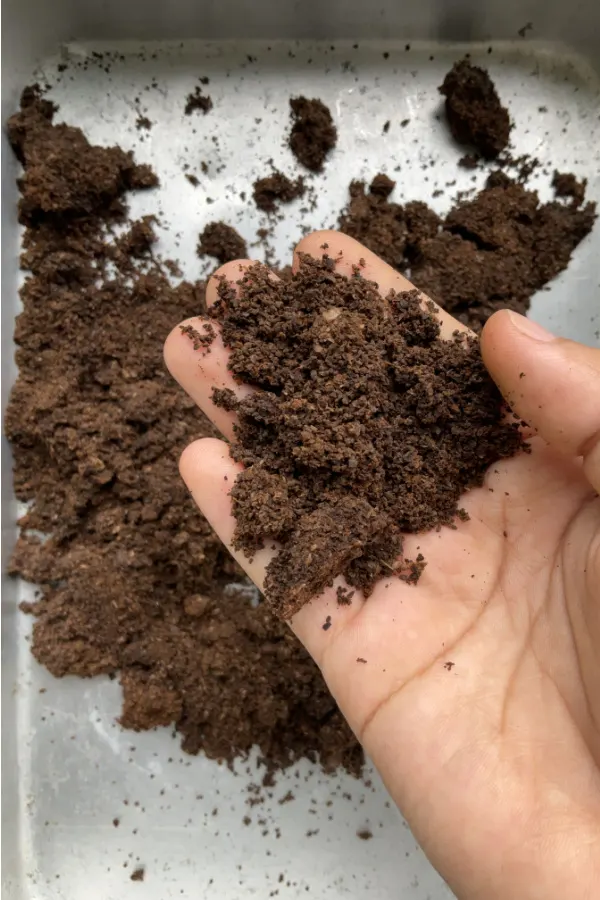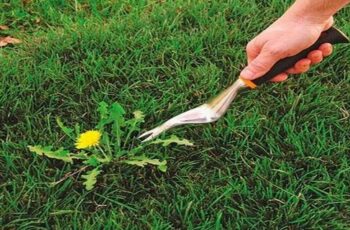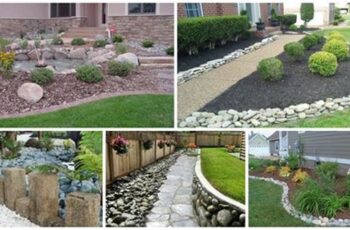Ad Blocker Detected
Our website is made possible by displaying online advertisements to our visitors. Please consider supporting us by disabling your ad blocker.
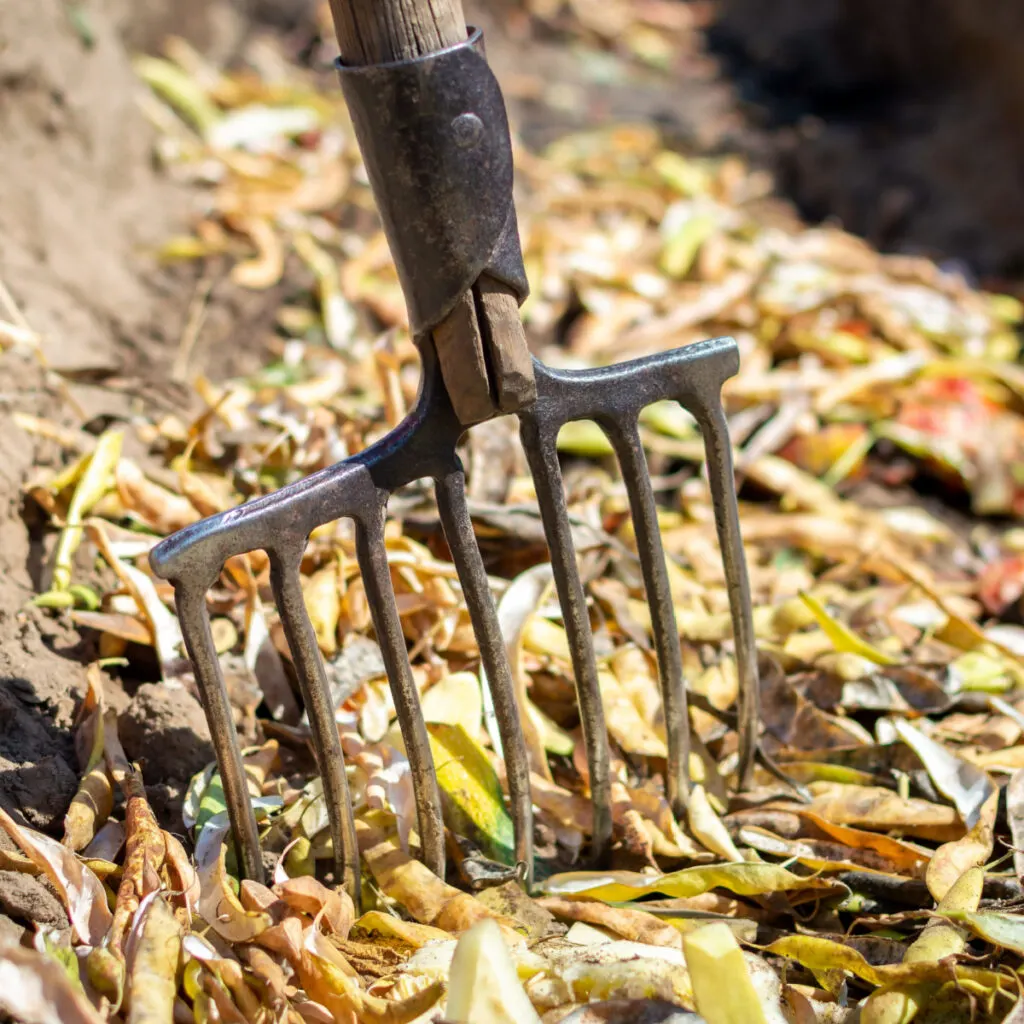
With the trench method, there’s no need to worry about adding or mixing additional ingredients later. You also don’t have to stress about getting the perfect combination of materials to heat up and break down quickly. Simply bury the scraps and other biodegradable materials, and they’ll gradually decompose under the cover of the soil.
This method can be incredibly beneficial for gardeners during the winter, allowing them to continue composting even after their traditional piles have frozen over and become inactive for the season.
Winter Composting – How To Use The Trench Method
These days, most passionate gardeners opt for a dedicated compost pile instead of using the trench method. This allows materials to break down completely over time, resulting in pure, nutrient-rich compost that’s perfect for various gardening needs.
However, when winter sets in with its cold and freezing temperatures, composting becomes challenging in many areas. Decomposition slows down or even halts entirely as the frigid temperatures take hold. Piles may freeze, become buried under snow, or become overloaded with materials that aren’t breaking down. This makes it tough to maintain an active composting process during the winter months.
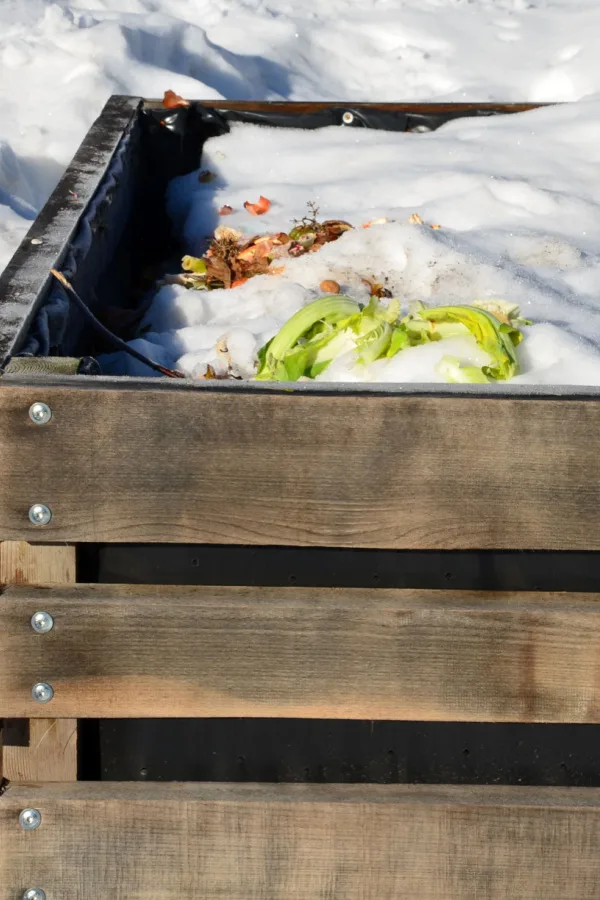
How To Trench Compost
Trench Composting In Warmer Winter Climates
Living in an area with mild or moderate winters makes digging through unfrozen soil relatively easy. While cooler temperatures might slow down a regular compost pile, trench composting remains unaffected. Plus, burying the materials eliminates any concerns about unpleasant odors.
To start trench composting, choose an unused section of your garden and dig a hole about 10 to 12 inches deep. Place your scraps directly into the hole, leaving enough space at the top for at least 4 inches of soil to cover it.
Burying the scraps at this depth helps keep the soil warmer, speeding up the decomposition process. Additionally, it ensures that rodents and other animals won’t disturb the compost. Besides the garden, trench composting can also be done in flowerbeds or around bushes and shrubs.
Burying scraps near perennials and bushes gradually provides nutrients to the plants as the materials break down. It’s a much better alternative than simply discarding valuable winter kitchen scraps!
Cold Weather Trench Composting – How To Trench Compost In The Winter
If your area experiences frequent or prolonged ground freezing during the winter, there are still two methods you can use to continue trench composting.
For climates with extremely cold temperatures, you can prepare holes in the fall or early winter while the soil is still workable. Cover these holes with a board, and when needed, simply lift the cover and drop in your compostable materials. After filling, be sure to replace the cover and anchor it with a heavy object. The intense cold will prevent any odors from developing, and the cover will deter pests from accessing the scraps. Once the weather warms up enough to allow for covering with soil, fill the hole, and your trench composting process will begin.
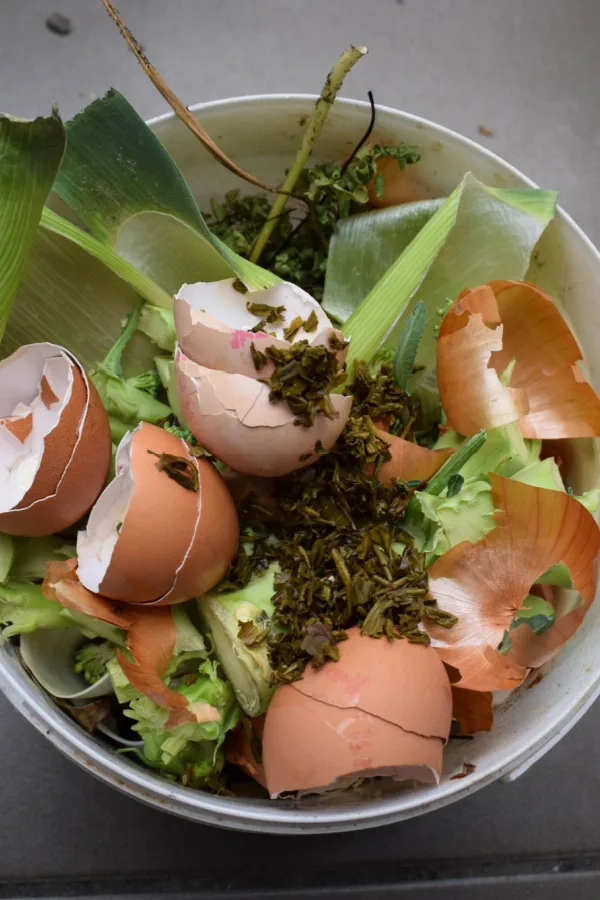
Trench Composting Beyond Winter Season
